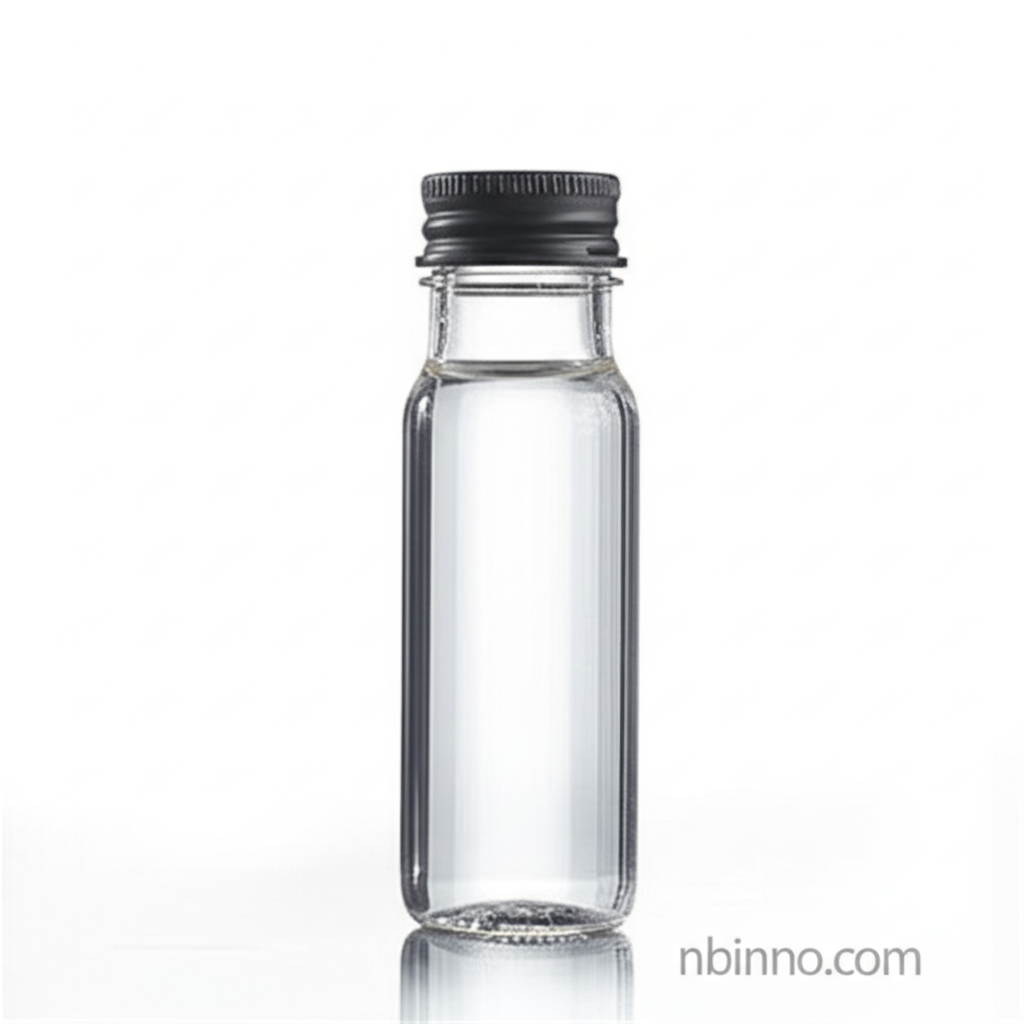3-Chloropropyldichloromethylsilane: A Comprehensive Guide to its Properties, Synthesis, and Applications
Unlock the potential of organosilicon chemistry with this in-depth look at a crucial chemical intermediate.
Get a Quote & SampleProduct Core Value

3-Chloropropyldichloromethylsilane
This organosilicon compound is a cornerstone in advanced chemical synthesis and material science. Its unique structure allows it to act as a critical intermediate, bridging organic and inorganic materials, and enabling the creation of high-performance products. It is invaluable for its reactivity and its ability to impart specific properties to various substrates.
- Explore the chemical properties of chlorosilanes to understand their reactivity and applications in various industries.
- Discover the synthesis pathways for organosilicon intermediates, ensuring efficient and high-yield production processes.
- Learn how silane coupling agents are utilized in composites to enhance mechanical properties and interfacial adhesion.
- Investigate the impact of surface modification with silanes on material performance, leading to improved durability and functionality.
Advantages Offered
Versatile Chemical Intermediate
Its dual functionality, with both silicon-chlorine bonds and a chloropropyl group, makes it an exceptional building block for synthesizing complex molecules and advanced materials.
Enhanced Material Performance
Utilizing this compound as a silane coupling agent significantly improves the mechanical strength, thermal stability, and adhesion of composite materials, crucial for demanding applications.
Effective Surface Modification
It enables precise surface treatments, altering properties like hydrophobicity and reactivity, thereby expanding the application scope of various materials, a key aspect of advanced materials science.
Key Applications
Chemical Synthesis
Serves as a vital intermediate in the synthesis of various organosilicon compounds and specialized chemicals, leveraging its unique reactivity for precise molecular construction.
Material Science
Improves the performance of polymeric composites and hybrid materials by acting as a molecular bridge between different phases, enhancing mechanical properties and durability.
Surface Treatment
Modifies the surface characteristics of materials, such as glass, metals, and ceramics, to impart desired properties like hydrophobicity or improved adhesion for coatings.
Organic Synthesis
Facilitates the creation of novel structural compounds and complex organic molecules through various reaction pathways, making it indispensable in research and development.
